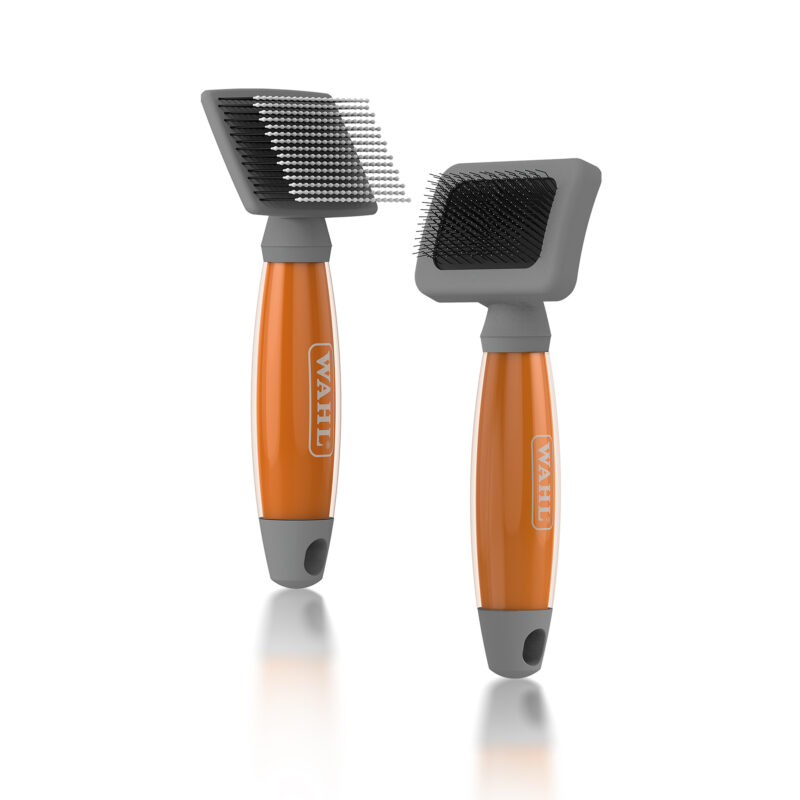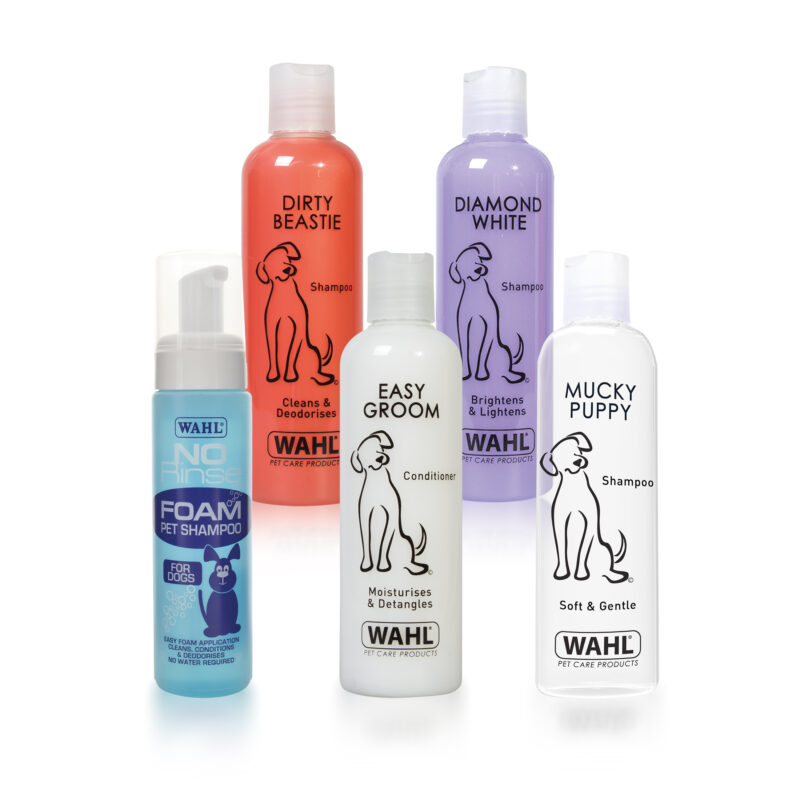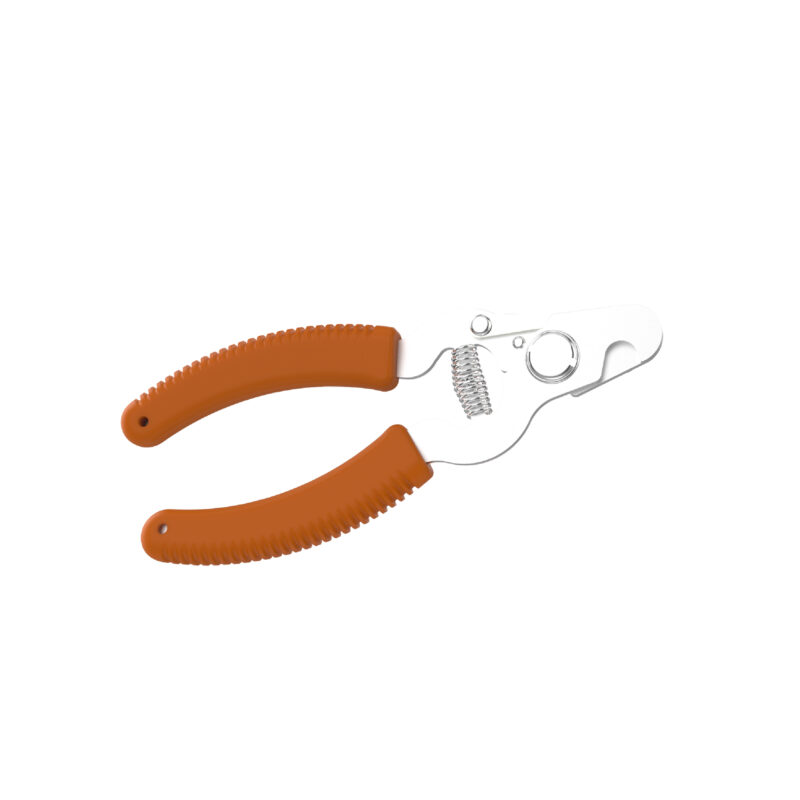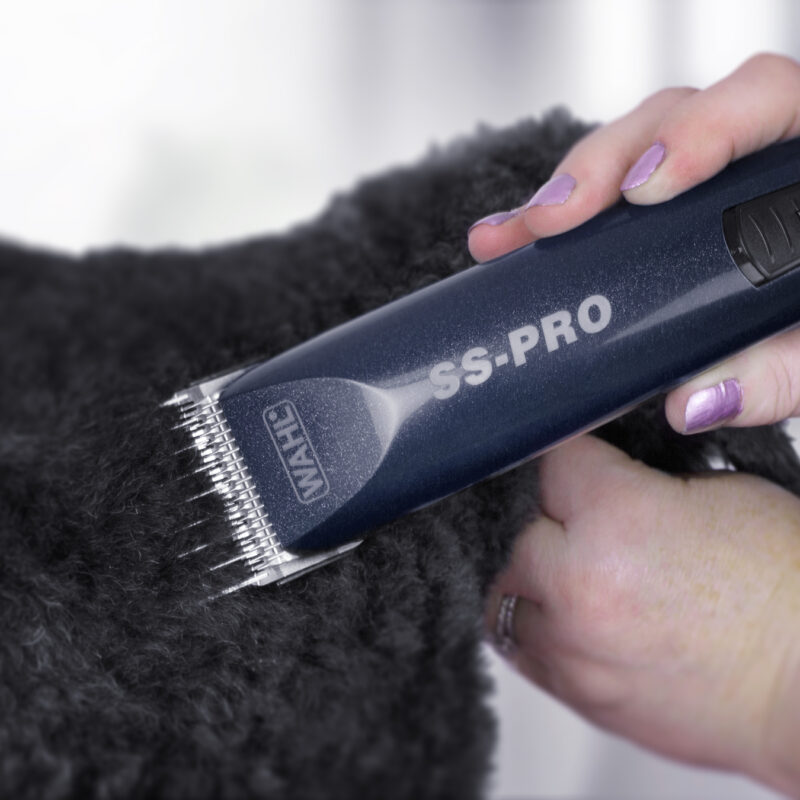Home / Product Guides /
DOG GROOMING GUIDE: DOUBLE COATS
Grooming guide for double coats
Many dog breeds have a double coat, a soft fine layer of fur underneath a courser layer of longer hairs. The dense soft undercoat will help to insulate the dog against cold and heat and the longer course hairs will protect against other elements including water and snow.
Example breeds: Husky, Retriever, Spitz, Terrier, Sheepdog
Brushing
Overview
Your dog will benefit from brushing as it will help regulate body temperature and reduce itching as you remove dead hair and distribute natural oils. Regular brushing will help you bond with your pet as well as getting to know their skin better, which means you’ll find any parasites and skin conditions sooner rather than later.
Tips:
- You can work from the tail to head or the head to tail, as long as you ensure you brush all the hair, not just the top coat.
- One popular technique is to brush backward against the lay of the fur, then brush it back into place. This loosens and removes dead hair and stimulates the skin.
- Take care when brushing over joints or sensitive areas and reduce any downward pressure.
- When brushing areas without much coat use a soft brush to avoid injury.
Why Brush Double Coats?
Double coated dogs require a lot of grooming, especially when they are shedding their coat, which happens twice a year. The thick, fluffy fur is released and appears to spread everywhere.
Recommended For Double Coats:
- With your hand, or a comb, part the fur creating a vertical line and use a Slicker Brush to brush through the soft undercoat. This will remove any loose hair reducing the opportunity for mats and tangles to develop. Many people find it easier to start at the lower part of the of the dog and work upwards until the main body and back is completely brushed.
- Move through the entire coat using this technique and ensure the tummy area and between the legs is not missed. These areas are prone to tangles which if left unresolved, will become difficult to remove.
- Many people use an undercoat Rake to remove any hairs that are about to be shed. This is an excellent tool which will glide through the upper coat and remove loose undercoat hairs.
- For heavy coats, the use of a Shedding Blade can increase the hairs removed and improve the overall finish.
- Once brushed through, use a Grooming Comb to comb the coat and remove any remaining loose hair. This will also identify any remaining knots or mats in the coat.
- It is essential to remove these knots on a regular basis to reduce the chances of large mats forming and causing increased problems.
- If you encounter knots that will not brush out without causing discomfort to the dog, it may be necessary to comb the coat through with a Dematter Comb.
- Finally use a Bristle Brush or Grooming Glove to go over the coat and lay it flat in the direction of growth. This will encourage the natural oils in the coat and improve the overall condition.

Bathing
Overview
Determine whether your dog does need a bath, this often depends on the lifestyle of the dog. The most common reasons for bathing include removing dirt and mud from the coat or improving the smell of the dog. However, be aware that no dog should be bathed too frequently as this will remove the natural oils, making the coat dry and sometimes leading to irritation. For most dogs, regular brushing will keep the coat and skin in good condition and eliminate the need for frequent baths.
Tips:
- If your dog does need a bath, ensure you brush first to remove dead hair.
- Wet your dog, wash with dog shampoo, being careful to avoid eyes, ears, nose and mouth.
- Use a washcloth on face and around eyes.
- Rinse well.
Recommended for Double Coats:
- Use a Shampoo that’s right for the colour and skin type of your dog.
- Some benefit can be gained from regular use of a Detangling Spray.

Nail Care
Overview
Regardless of breed, all dogs have claws which grow constantly and may, at times need some attention to prevent discomfort or injury. If your dog has an active lifestyle their claws will usually naturally wear down as he walks on hard surfaces. Problem claws therefore tend to be an issue more in older dogs that exercise less, or dogs which spend more time on soft surfaces.
It is possible to clip your dog’s nails at home. If you are unsure or need help it is worth speaking with your local veterinary nurse or groomer, who will be able to offer simple advice and guidance.
shop nail care
Clipping & Trimming
Overview
There are very few dogs that will not benefit from a little trimming at some time in their lives. However, trimmers are limited in their capability and should not be confused with a clipper. For dogs that regularly attend a dog groomer, there may be opportunities for interim trimming to maintain areas such as face, chin, ears and feet between regular grooming parlour visits. Trimmers can also be useful when removing small mats from the coat.
Recommended for Double Coats:
There is a wide variety of dog breeds with a double coat, some will require significant clipping and others may just benefit from frequent trimming and tidying. Take advice from a professional dog groomer or breeder if you are unsure what your dog needs. When clipping this coat type, clippers must be powerful and blades should always be sharp to allow efficient cutting of the dense soft undercoat and the courser outer coat.
- To keep them looking tidy, a little trim around the paws and face is best using a lightweight trimmer such as the Super Trim.
- Our powerful SS-Pro Clipper is ideal for cutting through double coats, with a detachable blade for easy cleaning.
Watch our clipping tutorial here.
shop clippers and trimmers